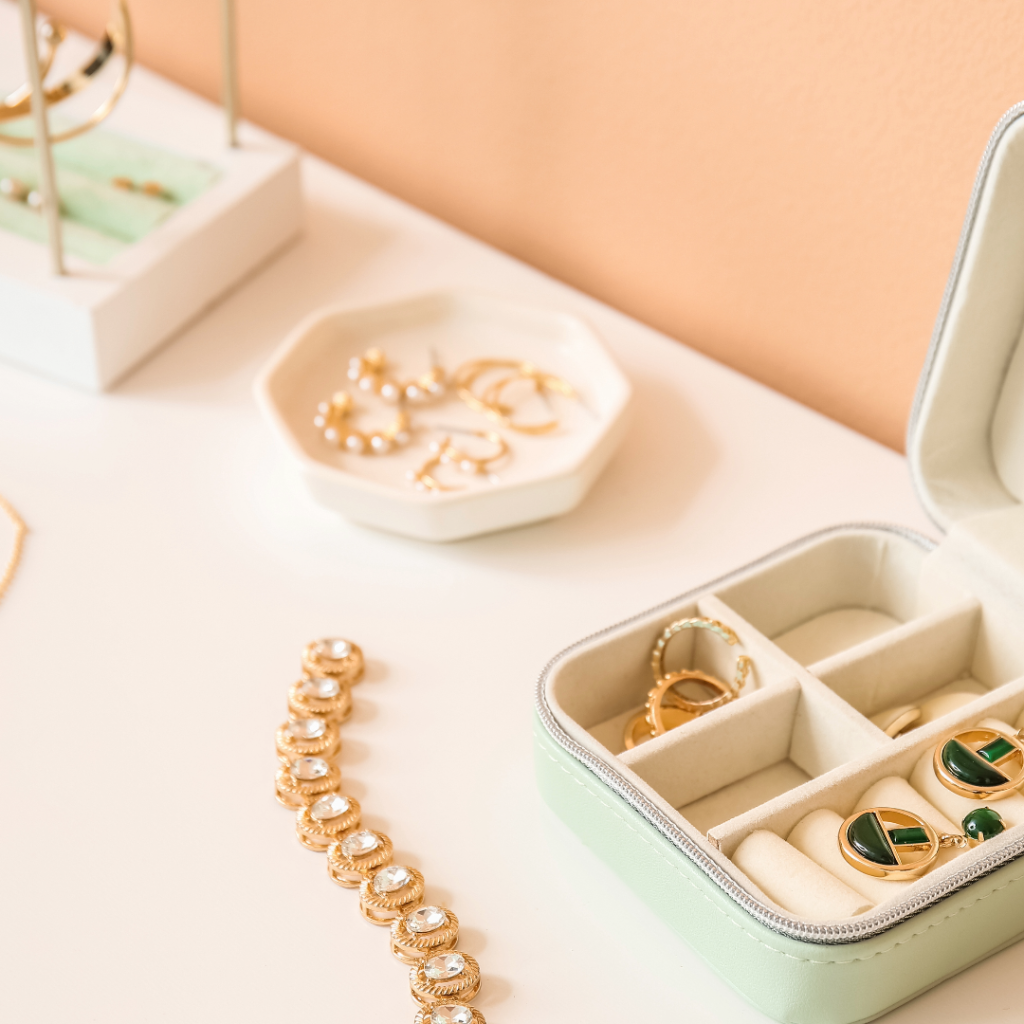
Some of the most valuable assets in your home may be unprotected, such as a diamond engagement ring, a vintage Rolex, or a black pearl necklace picked up in Tahiti. Most people likely have a comprehensive insurance policy covering their house and furnishings, but homeowners or renter’s insurance doesn’t automatically mean every item under your roof is insured.
In fact, some policies specifically exclude jewelry and other valuables (musical instruments, artwork, and furs among them). Other policies limit coverage to certain types of events and a defined dollar amount. This level of coverage can be significantly inadequate, especially if you want to replace the sort of item that has substantially appreciated in value since its purchase.
KEY TAKEAWAYS
- Many insurance policies won’t cover jewelry unless specifically requested, and then the premium must be adjusted accordingly.
- Jewelry is often not directly replaceable, so be sure to discuss appreciation and replacement rules when considering a policy.
- If the item is particularly valuable, having it appraised is a smart idea.
- Insuring jewelry doesn’t mean that it should be locked in a safe. Feel free to wear it even more knowing it’s protected.
What You Need
If you have substantial assets of this type, what’s required is jewelry insurance. Known as a “rider” or, more specifically, a “floater” (which targets small, moveable items), it takes over when traditional insurance coverage ends and typically covers the insured item against fire, loss, theft, or damage. Note that these policies might not extend to other valuables that aren’t considered jewelry. A watch, for instance, may instead need to be covered by one of the best watch insurance companies currently available.
Most major insurers do not offer jewelry coverage as a stand-alone product (an underlying property insurance policy is required). However, owners of valuables can purchase coverage as an add-on to their existing homeowners insurance policy. In fact, most of the better-known insurers require additional handling for high-end valuables.
Examples of Insurance Coverage
At USAA, for example, a typical homeowners insurance policy covers jewelry lost to fire or theft but not to accidental damage or loss. The coverage limit for jewelry is $10,000 (no per-item limit) and is subject to the policy deductible (the amount you’ll have to pay before insurance coverage kicks in). For more jewelry coverage, a separate policy is necessary.
USAA’s Valuable Personal Property policy covers a broad assortment of accidents and incidents. It will, for example, pay for a replacement diamond if the stone falls out of your engagement ring or for repair if the ring is accidentally broken. And the deductible is $0. This coverage also applies to musical instruments and fine art. No appraisal is necessary for any jewelry items insured for $15,000 or less, though a receipt or proof of ownership is required when making a claim.
Farmers Insurance has a similar approach. Damage due to accidents is not protected. Farmers offers riders to cover valuable items, and the deductible is chosen by the insured (starting at $0). In most cases Farmers requires a receipt or appraisal for each item being insured.
GEICO and Allstate offer comparable options. Standard policies limit personal property coverage to $500 to $2,000 at GEICO and $1,000 to $2,000 at Allstate. Riders or floaters are available to increase the amount of coverage and cover loss and damage not covered by the main policy.
What to Ask
When you look around for the best jewelry insurance policy, keep these questions in mind:
- How exactly are claims handled? Will you be required to purchase a replacement and then request reimbursement, or will the insurer send a check first?
- Is the item’s full replacement cost covered? How is that amount determined (especially if the item is antique or custom-made)?
- Do coverage limits fluctuate with the price of precious metals or gems?
- How often can/should you submit updated appraisals?
- What proof of loss or damage will be required?
- Which exclusions does the policy have? What types of loss and damage are not covered?
Additional Tips
Before buying your policy—and when making additions to it down the road:
- Have your items professionally appraised to determine their value for insurance purposes.
- Take photos of the items.
- If you have the option, as with the aforementioned Farmers Insurance rider, consider increasing the deductible to lower the insurance premiums.
Once your policy is in place:
- Keep all your items’ receipts, appraisal paperwork, and photos locked away in a safe (but easily accessible) place.
- Store items securely when you aren’t wearing them.
- Avoid traveling with irreplaceable or extremely valuable jewelry.
The Bottom Line
Most insurance providers offer discounts to customers who purchase multiple policies. If you purchase your home, auto, life, and property insurance from a single provider, you are likely to get a better deal overall.
If you don’t have homeowners or renter’s insurance, you may be able to purchase stand-alone coverage from a provider that specializes in insuring jewelry. Some jewelers offer such policies or can recommend a company that does.
Last but not least: Protecting your property doesn’t mean you can never wear it. On the contrary, if you insure your valuable pieces, you can use and enjoy them all the more knowing that they’re adequately covered.
To read the full article, click here.